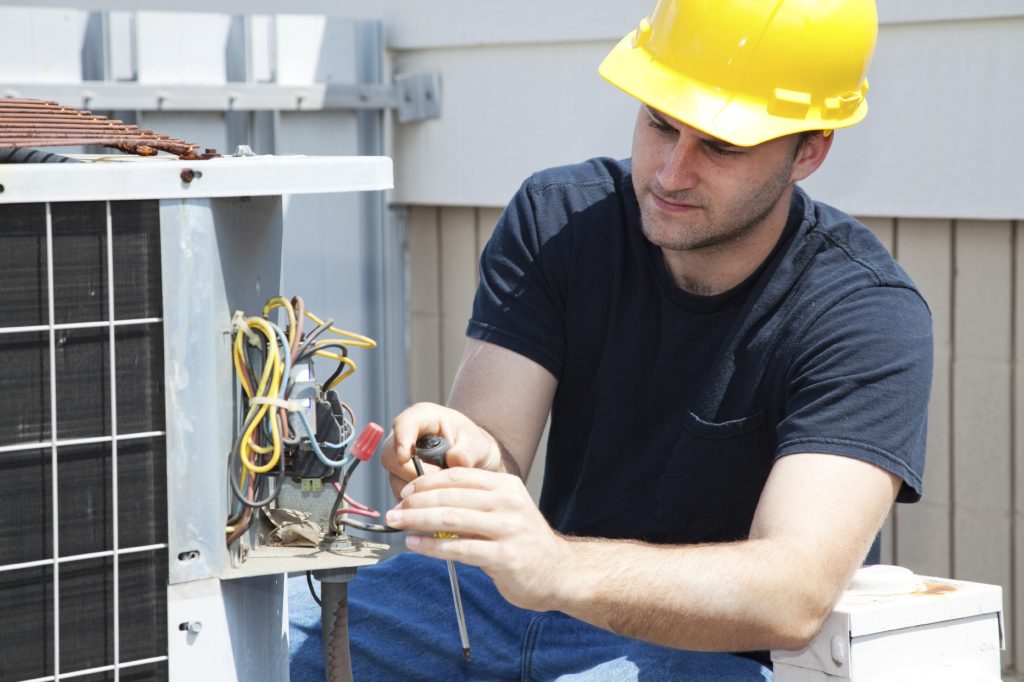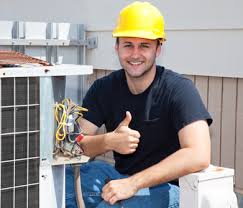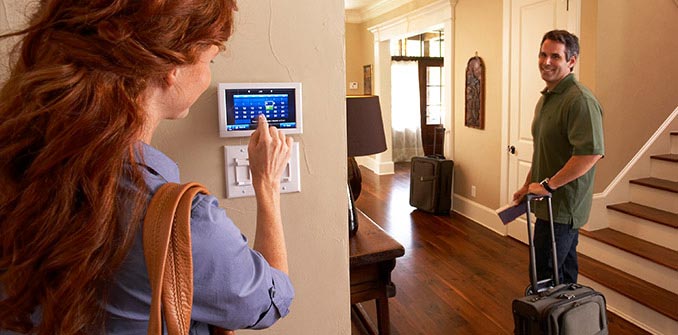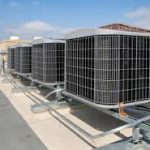Conditioning a space with heat is the largest source of energy consumption in homes in the USA, accounting for over 1/3 of all annual utility usage. In an earlier post we talked about paying less and protecting the environment. Well our need to heat our home is the principal factor to what makes the average American home put off twice the amount of carbon dioxide emissions as a vehicle. On average, we use five times as much energy for heating as we do for cooling, so if you want to pay less, start with how you keep warm.
The challenge with staying warm is related to the humidity, as we discussed earlier. But what else can you do? We gave lots of suggestions of improvements that you can do to your home in a 10-part series about making your home more energy efficient. However, here are some practical tips that are simple and aren’t extended projects:
- Open your curtains, drapes and shades when the sun is out on the side of your house facing the sun to let in its warmth, but close them if there is no sun, and especially at night to keep in as much heat as possible.
- Don’t cover the heat registers and cold air returns with furniture. Even if a bed is slightly raised above a register try to avoid putting it there. You want to maximize the air flow of your heating system. Don’t make it work harder than it needs to.
- Put something to stop the draft at the bottom of outside doorways to keep out cold air. This could be as simple as a rolled up towel.
The windows in your home will have the most direct effect on your family’s comfort, more than any other building components. Why? Because of their low thermal resistance and high solar transmittance. Those are fancy words that mean that glass doesn’t do hardly anything to keep heat from passing right through. It’s true in the winter when you want the heat to stay in your house, and it’s true in the summer when you wish the heat would stay out. The long-term solution is to install double-pane windows with a coating that helps keep summer solar heat out. But again, here are some simple, practical steps you can do now:
- Replace cracked window panes, or at least put tape over the cracks until you can get around to replacing it.
- Put weather-stripping or caulk where there are noticeable leaks around windows and doors.
- Install a plastic thermal covering over your windows.
Possibly the best balance of staying warm and paying less is to set the thermostat at 68 degrees while you are home. Is that just a little too cool? Thinking of turning the temperature up? Think again. Put on a sweater instead of a t-shirt, pants instead of shorts, and socks instead of flip-flops. Its winter! If your goal is to stay warm and pay less, then applying this simple, common sense step will go a long way. It’s estimated that for each degree you turn down the thermostat, you’ll save about 4% on your monthly utility costs.






